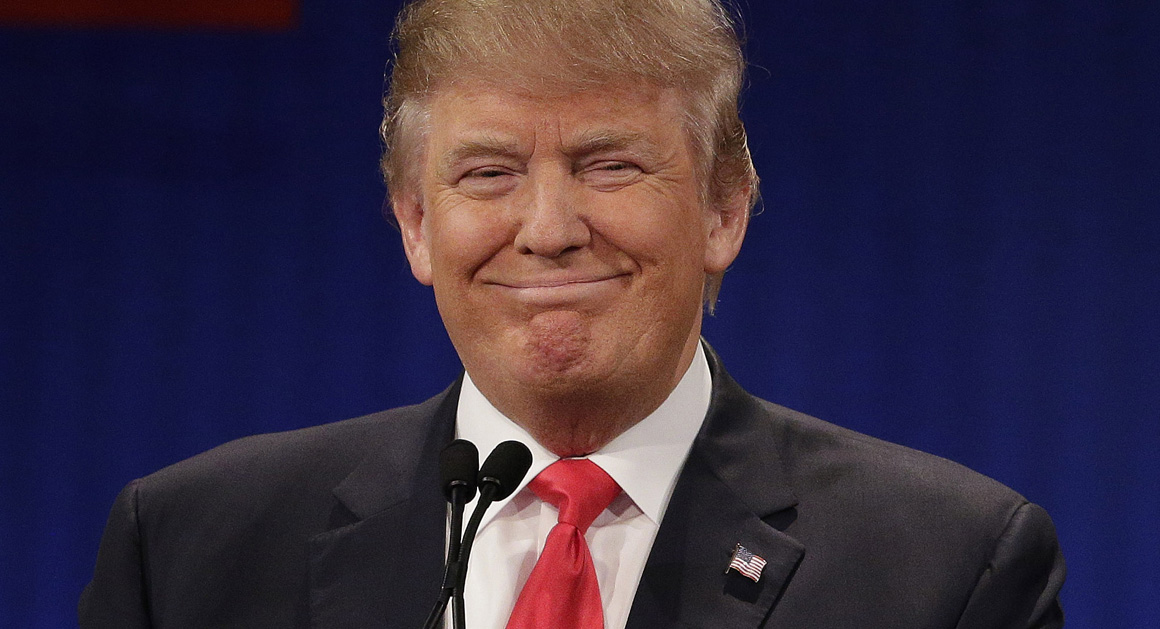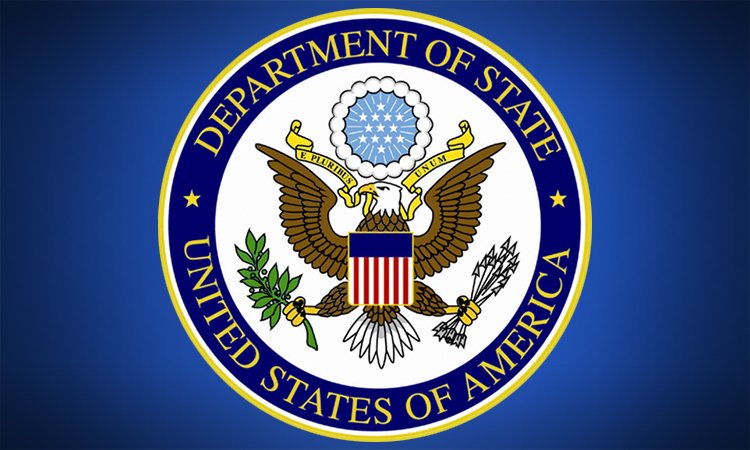By Jep McNair
One of the more popular media narratives about presidential politics is that Democrats have built up a major advantage in the Electoral College. The idea is that the Democratic nominee, in this case Hillary Clinton, has secured somewhere between 240 and 270 electoral votes before campaigning really even begins, since several states are so Democratic a Republican wouldn’t even try to compete in them. Both popular Democratic blogs and Republican blogs subscribe to this theory, as well as mainstream news outlets. Some people think Donald Trump never had a chance to win this election, just because of the Electoral College.
There’s no truth to that idea.
For starters, the winner of the popular vote almost always wins the electoral vote. The 2000 election was the only election since the 1800s when that wasn’t the case. That’s not to say the Electoral College never favors one party over another, but that advantage is relatively small and changes directions from election to election. Often, pundits mention that Barack Obama won an electoral vote blowout in 2012 – 332 to 206 – despite winning the popular vote by just under four percentage points. But Nate Silver of FiveThirtyEight plotted a graph of popular vote margins and electoral margins and shows that a popular vote win of just under four points should translate to 330 electoral votes. In other words, the Electoral College didn’t help Barack Obama at all. Had Mitt Romney won by the same popular vote margin, Romney would have won close to 332 electoral votes.
This should scare Clinton supporters, because there is a serious chance that Trump may win the popular vote. Clinton was seven points ahead after the convention, but she currently leads by only one point. Trump’s new campaign manager, Kellyanne Conway, has Trump staying relatively on script. He’s apologized for some of his more outlandish comments and now says Barack Obama was born in the US. Meanwhile, Clinton’s campaign has suffered from her pneumonia diagnosis, which she covered up and which took her off the campaign trail. Meanwhile, she continues to be hurt by the scandals surrounding the Clinton Foundation, her private email server, and her referring to half of Trump’s supporters as “deplorables.” We’ve seen Trump lead in the popular vote before, following the Republican convention — now he’s almost back to that level.
But the news gets worse for Clinton’s campaign. There’s evidence that the Electoral College will actually help Donald Trump. Clinton is doing better against Trump than Obama did against Romney in non-swing states – like Texas, Utah, Georgia, Arizona and Kansas – but these states are still not seriously contested. However, Trump is doing better than Romney did in the crucial swing states. He’s currently leading in Florida and Ohio, according to the Real Clear Politics polling averages in those states. Obama beat Romney in both states in 2012, and both states are notoriously important swing states which have decided elections in recent years. Trump is also leading in Iowa, doing almost ten points better against Clinton than Romney did against Obama. Nevada, Michigan, and Maine’s second congressional district tell the same tale. Each of these states are much more likely to tip the election one way or the other than the states in which Clinton has made up significant ground over Obama’s 2012 result. So while Clinton is doing better than Obama did in non-swing states, Trump is doing better than Romney did in swing states, the states that will determine the outcome.
Why is this occurring? Polls have shown that Trump does terribly among certain demographic groups, like Hispanics and Mormons, compared to previous Republican nominees. But those demographics are concentrated in states not considered swing states. In other words, their electoral votes are not contested. College-educated whites are also less likely to vote for Trump than they were for Romney in 2012, and they mainly live in non-swing states too. But in swing states, many of which are in the rust belt, Trump’s populist, anti-trade platform and persona is much more appealing than Romney’s white-collar, pro-free trade platform.
Trump now has a 6.4% chance of winning the White House without winning the popular vote, while Clinton only has a 1.3% chance, according to FiveThirtyEight’s models. Much has been made about Clinton’s slight advantage in Pennsylvania, with the New York Times recently saying that the election will come down to that state. But Trump doesn’t need Pennsylvania. He could lose Pennsylvania along with Michigan, Wisconsin, New Hampshire and even Virginia and still be sworn in on January 20th.
There are serious arguments against having an Electoral College, as Georgia Political Review writer Evan Katz has argued. And predictions are difficult to make about who will be the 45th President. But the popular vote is close and the electoral vote leans toward Trump. We’ve long heard that Hillary Clinton’s victory is “inevitable.” It’s not true, and it’s never been true. Some Democrats are starting to panic that the race is turning in Trump’s direction. They’ll need to turn that panic into real action, through a superior ground-game and efforts to make voters view Clinton favorably, if they want to make sure Trump’s hand isn’t the one on the Bible on January 20.


